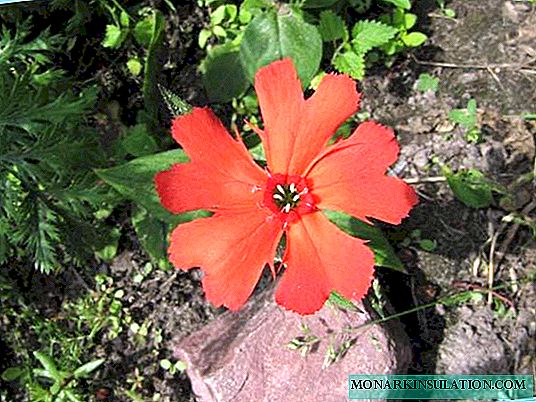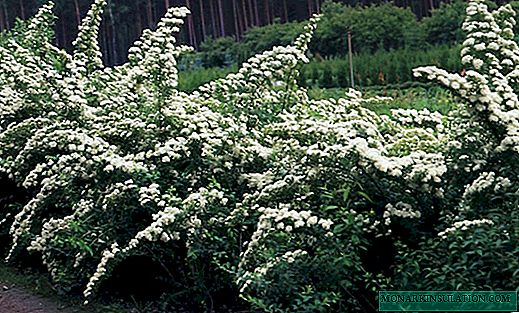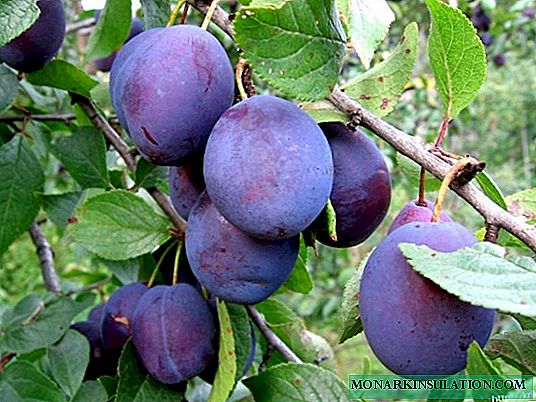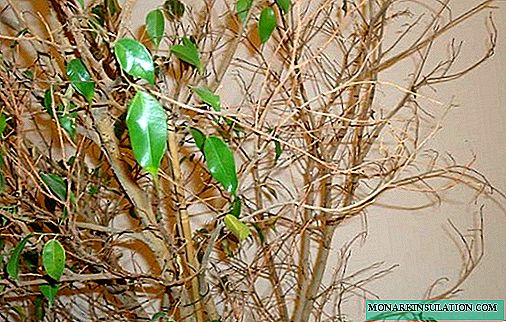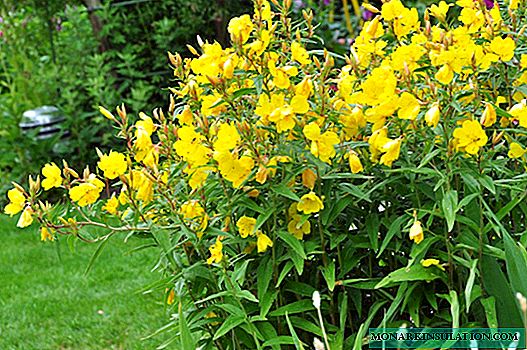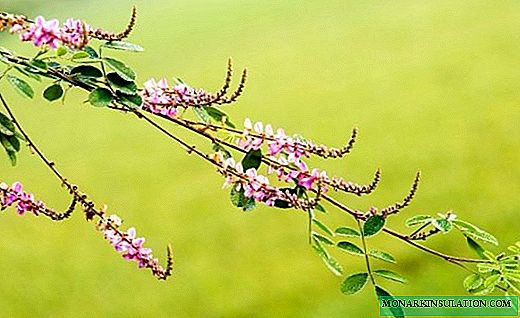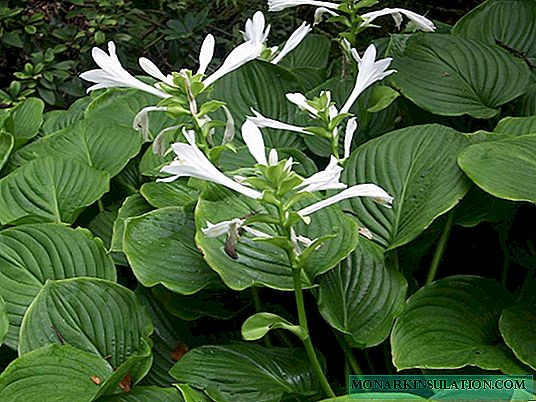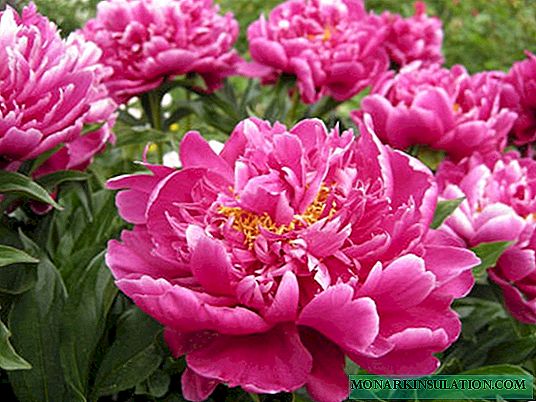Rosa Claire Austin is one of the varieties of spray roses bred by English breeder David Austin. Tall bushes almost all summer and until autumn delight the eye with flowering white inflorescences. In addition, claire austin is a frost-resistant rose, which is why it is great for growing in Russian mid-latitudes. For all these qualities, plus a subtle, but pronounced aroma, gardeners all over the world fell in love with this English rose. The article talks about the pros and cons of the variety, the cultivation of the English rose Claire Austin in Russian conditions, in particular, about the features of its wintering.
History of creation
Rosa Claire is the result of hybrid tea breeding with a French variety. The beautiful “parents” of Claire’s roses gave all the best to the new variety, and he surpassed all the rose varieties previously developed by David Austin. Perhaps that is why the breeder himself called the creation in the name of his beloved daughter Claire.
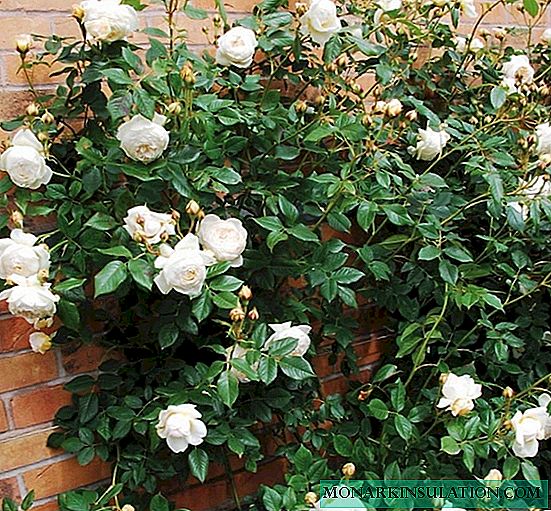
In the collection of David Austin, snow-white Claire is the most important pearl: white flowers collected in rich inflorescences are located on erect shoots
Interesting! For the first time D. Austin demonstrated his new and best variety in 2007, having presented it to the court of famous breeders of Great Britain. In general, the collection of varieties bred by Austin contains two hundred names. Novelties grow in a garden called "Renaissance".
Grade description
Breeders argue that growing a truly white rose is a lot of work, perhaps many years, because there are not so many roses with such characteristics.

The white rose of the Claire variety has a slightly creamy tint, in the middle giving off a light pink
This variety is typically parked. It is readily used in landscaping of personal gardens, in urban park landscape design. Bushes are high - from meter to one and a half tall. The bush in diameter grows to a meter. Initially, shoots are erect, but over time they bend into arches, lean down and form a sprawling bush or become curly. The greens are bright, juicy, the leaves have a glossy surface.
The flowers are large, reaching 10 cm in diameter, collected in inflorescences, in each of which one to three buds. The rose blooms quite long, in two waves. So, the first flowering begins in June, the second time the plant is covered with fragrant flowers in August to please the eye until the end of September.
Interesting! The aroma of a rose, as with all varieties of Austin selection, is quite pronounced, has a hint of vanilla, but the main note of the aroma is tea rose.
In Russia, this rose is most common in the Krasnodar Territory, in the steppe part of Crimea, as well as in the North Caucasus. However, the winter hardiness of this plant allows, with a covering method of cultivation, to keep it even in northern latitudes, for example, St. Petersburg. Moreover, in these regions and the Moscow region, flowers grow as a species of Floribunda roses, while in the south they are grown as climbing varieties.

Claire is distinguished by the high-density of the flowers and the fact that they bloom and do not bloom immediately, but in turn, for a long time keeping the attractive appearance of the bush
Advantages and disadvantages of the variety
The main advantages of this variety are as follows:
- good frost resistance;
- the ability to quickly overgrow with new shoots after spring pruning and winter freezing;
- attractive and decorative appearance, flowers are suitable for cutting into bouquets;
- spikes on the shoots are few.
The description of the shortcomings is not so large, however, they are present:
- the bushes tolerate good rains, but the resistance to powdery mildew and black spotting is average;
- tendency to weaving; therefore, the appearance of the bush is a little careless;
- pretty quickly fly around the flower petals.
Use in landscape design
Like other varieties of this breeder, the Claire Austin rose is a fairly unpretentious and highly decorative plant with abundant flowering. Therefore, it is readily used in landscaping. It looks good in plantings in groups and alone, it is used on alpine hills and in rockeries, decorated in the form of standard roses create an absolutely irresistible effect for any garden. The semi-braided scrubs of this plant during the period of active flowering look like an ocean of fragrant flowers.
Growing
English roses multiply in different ways:
- By seeds - it is used only among breeders, while there is no inheritance of parental characteristics by the plant;
- Cowing is a rather complicated way, available mainly to specialists or those amateurs who are “advanced” in floriculture;
- By dividing the bush or layering - a common way of cultivating garden roses, including Claire Austin;
- Cuttings are another simple method available even for a beginner grower or summer resident. It is about him that it is worth telling especially.

Most often plant propagated by rooted cuttings
Choosing a landing time
What time to plant rose cuttings depends on the climatic features of the region. Theoretically, planting can be done in spring and autumn, but experts advise against doing this after summer, especially in areas with cold winters. The young stalk does not have time to take root and gain strength in order to survive the winter, and may die. Therefore, the optimal time is the end of April - the beginning or second decade of May.
Advice! In order to have high-quality cuttings, they should be cut at the very beginning of flowering, that is, at the beginning of summer, prepare and save.
Location selection
English roses are shade-loving in origin, not spoiled by great lighting. However, when landing, you should avoid places blown by the wind or draft. The plot may be lit and slightly shaded - the rose will grow ideally near a dense blank fence or near the wall of a house. It is necessary to avoid places where groundwater is closely located, where there is stagnation of water. Perennials, to which this plant belongs, are extremely demanding on the soil - in order for the plant to develop well and bloom, loose soil and good moisture transmission is necessary.
Preparing for planting soil and plants
You need to plant a seedling in a pit with a diameter of 0.7 m, a depth of more than half a meter. First, the bottom is sprinkled with 5-6 centimeters of broken brick, gravel is a drainage layer, followed by a nutrient soil mixture. It is made from compost, garden soil, peat and river sand. The mixture is poured with water before planting.
Preparation of a seedling before planting includes cutting the roots, their mandatory soaking for a day.
Landing procedure step by step
When the pit is ready, you need to soak the soil mixture, set the seedling upright and straighten the roots. After this, the pit is covered with the same substrate, a little tamped and watered with settled water.

The seedling is watered at the rate of 1 bucket per pit
Plant care
The English rose is unpretentious, it is easy to care for it.
Watering rules and humidity
Among agricultural activities, watering is the most important. The plant is watered regularly and plentifully once a week or a little more often. In hot weather, watering is increased. Rose does not tolerate heat, during this period, flowers can fall.
The plant is more favorable to humidity. It retains moisture well in the soil and helps fight weeds in weed-stem circles.
Top dressing and soil quality
If the planting was carried out in a nutritious soil mixture, the plot is fertilized, then immediately feeding the plant is not required. In subsequent seasons, fertilizer is applied under the bushes at different periods of the annual cycle:
- rotted manure, compost are introduced in the spring, when the buds swell, and the plant requires nitrogen;
- potassium phosphate fertilizers are necessary for rose budding;
- re-feeding with these fertilizers is carried out in August.
Pruning and transplanting
Twigs old, dry, spoiled or broken off are removed. Weak and excess shoots are also removed to thin out and refresh the bush.
Features of wintering a flower
How does a rose winter? If it is well sheltered and prepared for winter, the frost is fearless. So, already at the beginning of October, the shoots are neatly bent to the soil, fixed in this position. Previously they are exempted from the leaves in order to prevent the spread of pathogens. Next, the shoots are covered with spruce branches, then with covering material.
Flowering roses
The plant experiences periods of activity and dormancy. During flowering, roses need timely watering and top dressing with an infusion of plant origin (for example, nettle infusion) mixed with rotted manure. After flowering, the bush begins to prepare for winter, at which point potassium-phosphorus complex fertilizers are applied. Rose is at rest.
It happens this way: a purchased seedling grows, but does not bloom. It is normal if the rose is planted the first year. In the second or third plant builds strength and begins to bloom. However, if conditions are not suitable, flowering may not occur later.
Interesting! Usually you need to change either the frequency of watering, or transplant to a more suitable place. Sometimes the reason for the delay in flowering is a lack of phosphorus or an excess of nitrogen.
Breeding
The rose is usually propagated by cuttings. For this, a green sprout with a bud is selected, 15 cm is cut. The bud is cut, the leaves are cut too, only the shoot with a pair of leaves on top is left for rooting. Potassium permanganate in the solution is used to treat the cut points, after which the stalk is buried in the pit, filled with soil, watered and covered with a glass jar to take root. In winter, cuttings are hidden, like other rose seedlings, in the basement, after being placed in a container or bag with peat or sawdust.
Diseases, pests
If roses are poorly looked after, they can be susceptible to disease. So, among bacterial infections, powdery mildew and gray rot are especially fatal. Bushes can also be affected by black spotting and rust. In spring, organic compounds, nitrogen are added to treat bushes. If you do not start treatment, the plant will begin to turn yellow in the leaves and dry. This phenomenon is called chlorosis.

Improper watering, thickening, lack of fertilizer can lead to black spots on the leaves of the plant
English rose bushes Claire Austin from a spider mite, can be affected by a leaflet, aphid or sawfly. For treatment against pests, special drugs are used, the most famous among them - Tanrek, Lightning, Fufanon.
Rosa Claire Austin is an excellent variety for gardening. It is quite unpretentious, blooms profusely and creates an attractive view of a garden or park.


